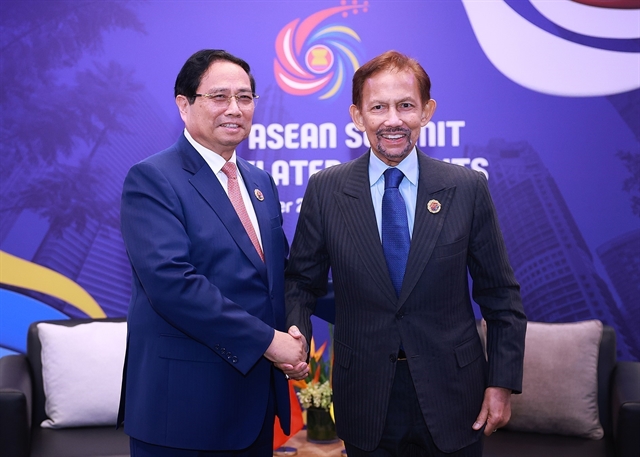 Opinion
Opinion
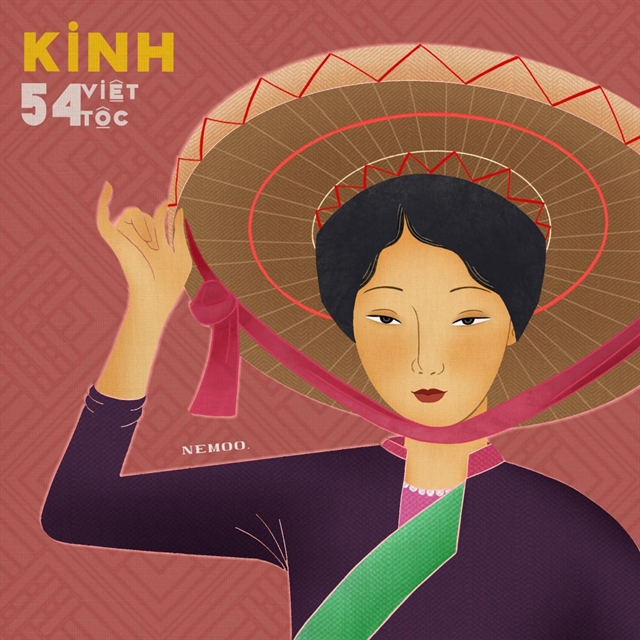
 |
| Foreign tourists explore high mountains in Mèo Vạc Commune. — VNS Photo Đức Thọ |
The UNESCO Global Geopark Đồng Văn Karst Plateau in Tuyên Quang Province has been honoured as Asia’s Leading Cultural Destination for 2025 by the World Travel Awards (WTA) – a title celebrating excellence in preserving indigenous cultures, fostering sustainable tourism, and protecting natural ecosystems.
Quang Cường spoke with Nguyễn Thị Hoài, deputy director of the Department of Culture, Sports and Tourism of Tuyên Quang, about the remarkable potential and unique strengths of the Đồng Văn Karst Plateau, as well as the strategies to preserve and sustainably develop the Geopark and the province’s tourism industry for long-term success.
 |
| Nguyễn Thị Hoài, deputy director of the Department of Culture, Sports and Tourism of Tuyên Quang. VNS Photo Trung Kiên |
Đồng Văn Karst Plateau has just been awarded the title of Asia's Leading Regional Cultural Destination for 2025. What does this mean for local tourism?
The Đồng Văn Karst Plateau spans more than 2,345 square kilometres and is home to geological formations over 500 million years old. The area boasts hundreds of unique geological, palaeontological, and geomorphological heritages, including marine fossil sites, ancient limestone layers, and majestic cave systems. The tectonic shifts of the Earth's crust have created a stunning 'living geological museum' that is rare anywhere in the world.
Being recognised by the World Travel Awards is not only a source of pride but also an affirmation of our commitment to sustainable tourism – one that honours and promotes the cultural identity of the local stone plateau. This title serves as international recognition of our efforts and a catalyst for Tuyên Quang to strengthen connections, enhance tourism quality, and present our destination to both regional and global audiences.
This recognition reinforces Tuyên Quang’s position on the tourism map, continuing a legacy of accolades accumulated over recent years. It exemplifies the province's strategic vision to promote UNESCO heritage, transforming geological and cultural assets into a foundation for green economic growth, sustainable tourism, and community livelihoods.
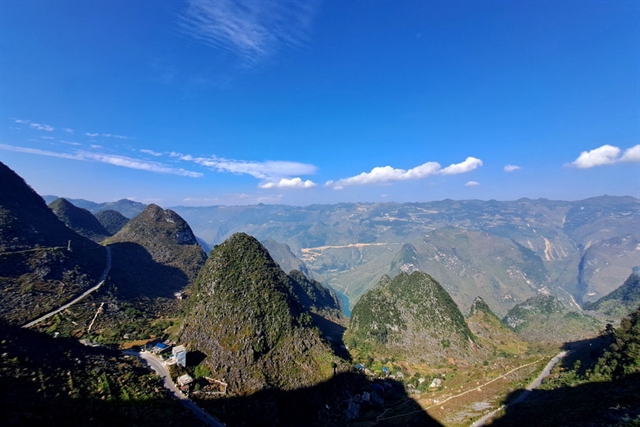 |
| The karst plateau is located at an altitude of 1,000-1,600m above sea level. VNS Photo Đức Thọ |
How do you assess the position and role of the Đồng Văn Karst Plateau in Tuyên Quang's tourism development in recent years?
In 2010, the Đồng Văn Karst Plateau was designated Việt Nam's first UNESCO Global Geopark and the second in Southeast Asia. Over nearly 15 years, it has undergone three re-evaluations, maintaining its status and becoming a magnet for scientists and tourists alike. In 2025, it proudly received the Asia’s Leading Regional Cultural Destination title.
With 59 heritage sites spread along four themed experience routes, these locations were recognised by UNESCO for their scientific, educational, and aesthetic significance.
The landscapes feature jagged limestone formations, deep canyons, and a rich cave system. Notably, the plateau preserves important palaeontological fossils and tectonic heritage sites such as the fault slide surface in Quản Bạ Commune, which tells the story of the Earth’s evolution over 500 million years. This geological richness supports geo-tourism that blends environmental discovery with cultural immersion.
Home to 17 ethnic minorities, including the Mông, Dao, Lô Lô, and Tày, the plateau is a treasure trove of cultural diversity. These communities have preserved unique traditions – from rocky-soil cultivating to the rammed-earth architecture of the ancient town of Đồng Văn.
Visitors can experience traditional costumes, distinctive dishes such as thắng cố (simmered horse meat and offal) and mèn mén (steamed cornmeal), and vibrant festivals like the Khâu Vai Love Market or the Mông flute festival. Landmarks including the Lũng Cú flagpole, Vương family mansion, French fort relics, and Lũng Hồ citadel wall showcase the region's history.
The UNESCO designation has boosted tourism and significantly helped poverty reduction, improving the quality of life for local residents.
In 2024, the number of tourists to the former Hà Giang Province (now merged with Tuyên Quang) reached more than three million, with Đồng Văn Plateau accounting for over 70 per cent. Through community-based tourism and cultural preservation, the province ensures that locals directly benefit from tourism, strengthening both income and identity.
Tuyên Quang remains committed to sustainable tourism, preserving its geological heritage, cultural traditions, and ecological environment. Its focus lies in geo-tourism, cultural-historical tourism, and community experiences, while also improving transport infrastructure, service quality, and tourism training to ensure a safe, friendly, and enriching visitor experience.
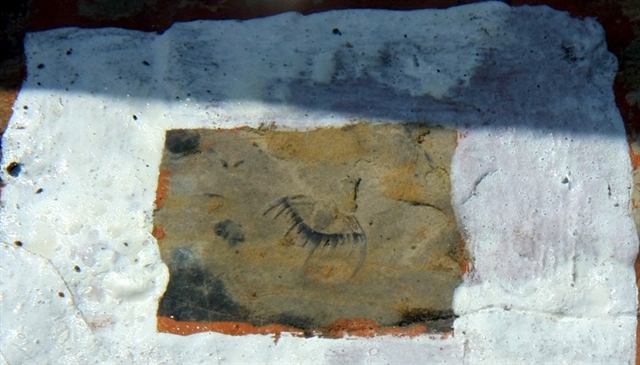 |
| A 400-500 million-year-old fossil of a Ba Thùy beetle in Đồng Văn Commune, part of the Đồng Văn Karst Plateau. VNA/VNS Photo |
What measures is Tuyên Quang implementing to preserve and sustainably develop tourism in the UNESCO Global Geopark Đồng Văn Karst Plateau and across the province?
Following the resolutions from the first congress of Tuyên Quang's Communist Party Committee for the 2025-2030 term, the province aims to make tourism a key economic sector. This involves developing the heritage-based economy, fostering cultural industries, promoting cross-border economy, and managing investments in geoparks under Prime Minister-approved plans.
The province is issuing thematic projects to preserve and promote geopark values. This includes strict inspections to prevent activities harmful to heritage sites. Community participation is prioritised through renovation of traditional rammed-earth houses, craft development, and educational campaigns on heritage conservation.
Investment in infrastructure is a key focus, with efforts to attract funding for transport systems and tourism services, including major projects like the Tuyên Quang-Hà Giang expressway and the Na Hang-Ba Bể road. These development projects aim to facilitate travel and attract more tourists.
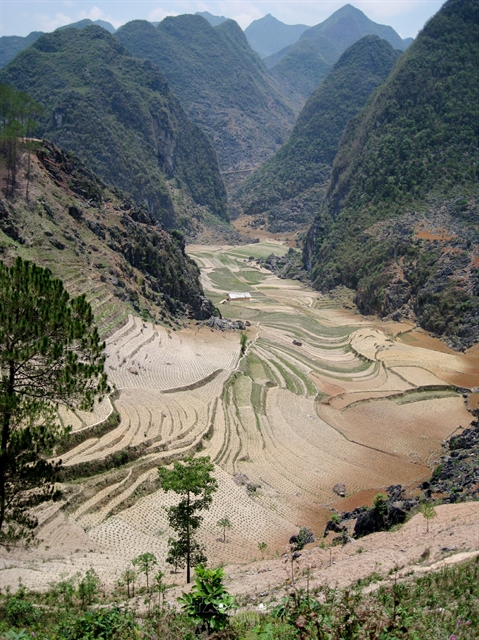 |
| Part of the UNESCO Global Geopark Đồng Văn Karst Plateau. VNS Photo Minh Tâm |
Additionally, Tuyên Quang is focusing on developing key tourism products across historical-cultural tourism, eco-tourism, community tourism and green tourism. The province is also embracing digital technology to strengthen sustainable tourism practices.
The ultimate goal is to elevate the UNESCO Global Geopark Đồng Văn Karst Plateau into a national tourist hub by 2030, positioning Tuyên Quang as a leader in sustainable tourism that honours traditional cultural identity while ensuring long-term prosperity. VNS
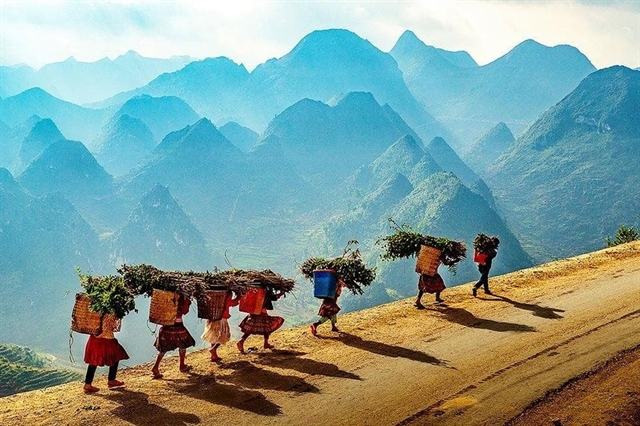 |
| The beauty of Đồng Văn Karst Plateau captivates visitors. Photo homepaylater.vn |